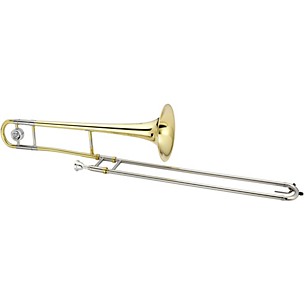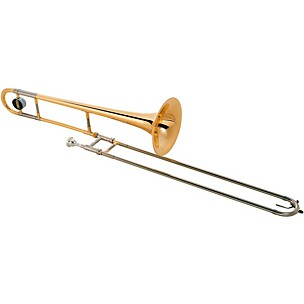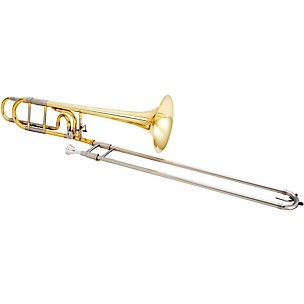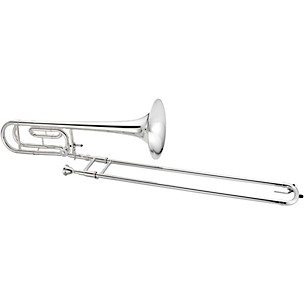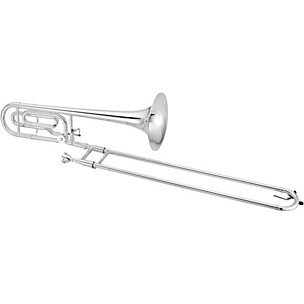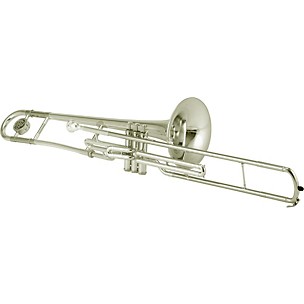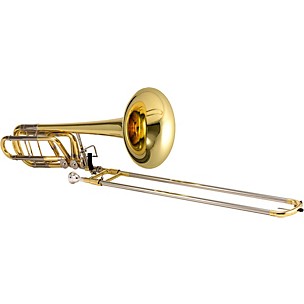Jupiter Trombones
About Trombones
The Trombone is a brass instrument which is basically a cylindrical tube bent into an elongated shape resembling an “S”. The earliest Trombone is said to be the Sackbutt which originated in Belgium around the 1450s. During the earlier periods the use of Trombones was limited to church music. However in the 1830s Trombones were used in orchestras. In the middle of 19th century in order to generate greater volume in orchestras and in bands the bell (opening of the cylindrical tube other than the mouthpiece) of the Trombone was made larger and wider. By the end of 19th century Trombones were introduced into early Jazz music. Today the Trombone can be classified into five ranges. They are the Soprano Alto Tenor Bass and the Contrabass.
A basic Trombone consists of four parts. They are the mouth piece the tubing the slider and the amplifier. For a Trombone to make sound the Trombonist has to buzz along with the blowing of air through the mouthpiece. This will vibrate the column of air inside the Trombone. In order to create higher or lower pitches he has to adjust the opening between his lips on the mouthpiece. The pitch depends on the volume of air vibrating inside the Trombone and the speed of vibration of the Trombonist’s lips. The higher the volume of air lower will be the pitch and vice versa. By changing the length of the tube by moving the slide or by pressing the valves the Trombonist can achieve all the twelve notes of the chromatic scale. Some of the great Trombonists the world has produced are Joseph Alessi Principal Trombone with the New York Philharmonic Orchestra Frank Rosolino Arthur Pryor Don Lusher Nick Hudson Denis Wick Christian Lindberg Bill Watrous JJ Johnson and Ian Bousfield.
Trombone Rentals
Not ready to buy today? Music & Arts offers top-brand Trombone Rentals at competitive rates!
